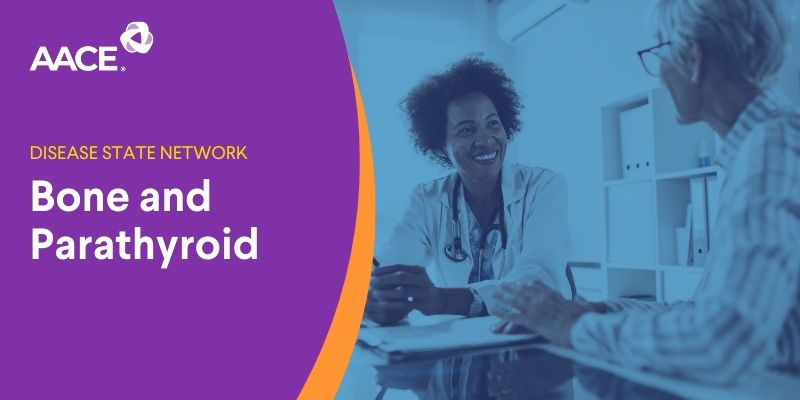
- Log in to post comments
Several clinical trials have studied the effects of blocking FGF-23, a phosphatonin, in the treatment of X-linked hypophosphatemia (XLH), a genetic disorder associated with inactivating mutations in the Phosphate Regulating Endopeptidase Homolog X-Linked (PHEX) gene resulting in an upregulation of FGF-23 expression and subsequent hypophosphatemia. These studies demonstrated efficacy with minimal safety concerns in both pediatric and adult cohorts, leading to the approval of burosumab (formerly known as KRN23), a human anti-FGF23 monoclonal antibody, by the US Food and Drug Administration (FDA) in 2018 for the treatment of XLH in both pediatric and adult patients. A recent study in children with XLH showed sustained efficacy and safety of burosumab therapy up to 160 weeks.1
Tumor-induced osteomalacia (TIO), also known as oncogenic osteomalacia, is a rare acquired paraneoplastic syndrome in which mesenchymal tumors secrete FGF-23 and other phosphaturic proteins. Most affected patients have increased circulating FGF-23 levels, and the biochemical and bone mineralization abnormalities closely resemble those in genetic forms of hypophosphatemic rickets. Clinical manifestations include bone pain, fractures, and muscle weakness. The small size of the tumors and their obscure locations limit the ability to localize and remove these tumors. For patients whose tumor cannot be found or resected, medical treatment strategies are similar to those used in XLH.
Studies of burosumab for TIO are also being conducted. In an ongoing, open-label, single-arm, manufacturer-funded phase 2 study, burosumab treatment of 14 adult patients with TIO up to 144 weeks resulted in improvements in phosphate metabolism and bone histomorphometric measures of osteomalacia, enhanced fracture / pseudofracture healing, reductions in pain and fatigue, and improvement in functional mobility.2 Burosumab exhibited an acceptable safety profile, with no serious treatment-related adverse events reported. Adverse events considered related to burosumab therapy included injection site reactions, rash (hypersensitivity), and hyperphosphatemia. In June 2020, the US FDA also approved burosumab for the treatment of TIO in both pediatric and adult patients.
In summary, burosumab is an important new treatment option for patients with XLH as well as TIO in whom surgical resection of the underlying tumor is not feasible. It seems to offer a more effective therapeutic strategy than the traditional treatment with phosphate and calcitriol, with limited side effects.
The current prescribing information for burosumab can be found at the following website:https://www.ultragenyx.com/wp-content/uploads/2021/08/Crysvita_Full_Prescribing_Information.pdf
- Agnès Linglart, Erik A Imel, Michael P Whyte, Anthony A Portale, Wolfgang Högler, Annemieke M Boot, Raja Padidela, William van’t Hoff, Gary S Gottesman, Angel Chen, Alison Skrinar, Mary Scott Roberts, Thomas O Carpenter, Sustained efficacy and safety of burosumab, a monoclonal antibody to FGF23, in children with X-linked hypophosphatemia, The Journal of Clinical Endocrinology & Metabolism, 2021. https://doi.org/10.1210/clinem/dgab729
- Jan de Beur, S.M., Miller, P.D., Weber, T.J., Peacock, M., Insogna, K., Kumar, R., Rauch, F., Luca, D., Cimms, T., Roberts, M.S., San Martin, J. and Carpenter, T.O. (2021), Burosumab for the Treatment of Tumor-Induced Osteomalacia. J Bone Miner Res, 36: 627-635. https://doi.org/10.1002/jbmr.4233
Visit our bone and parathyroid disease resource center to learn about our gold-standard clinical practice guidelines, educational resources, novel treatment recommendations, and much more.
Diabetes Resource Center
Login to leave a comment and join the conversation